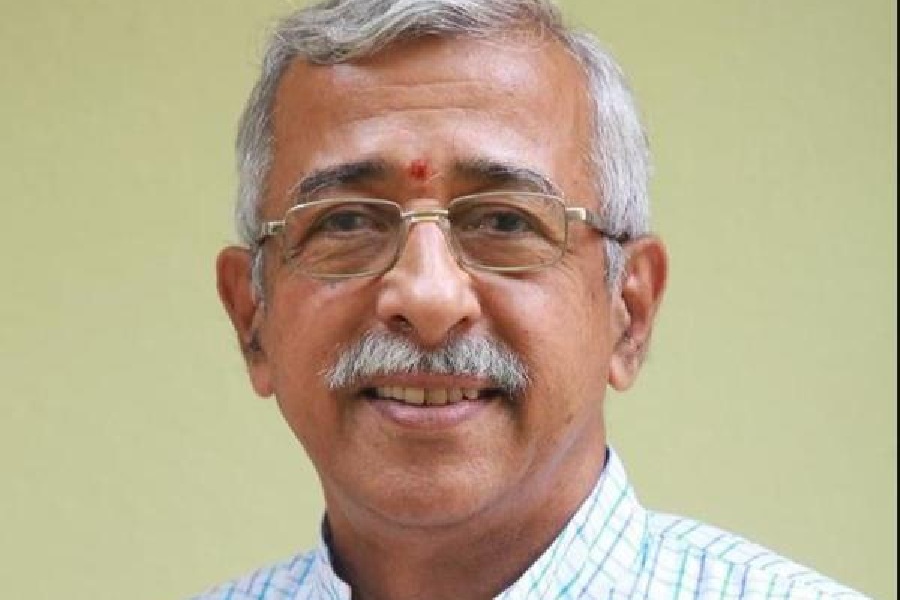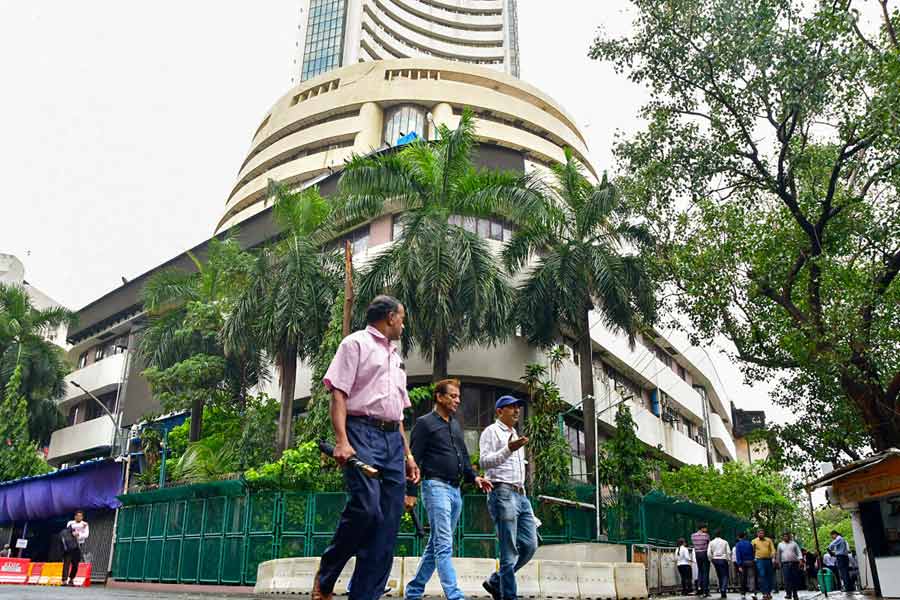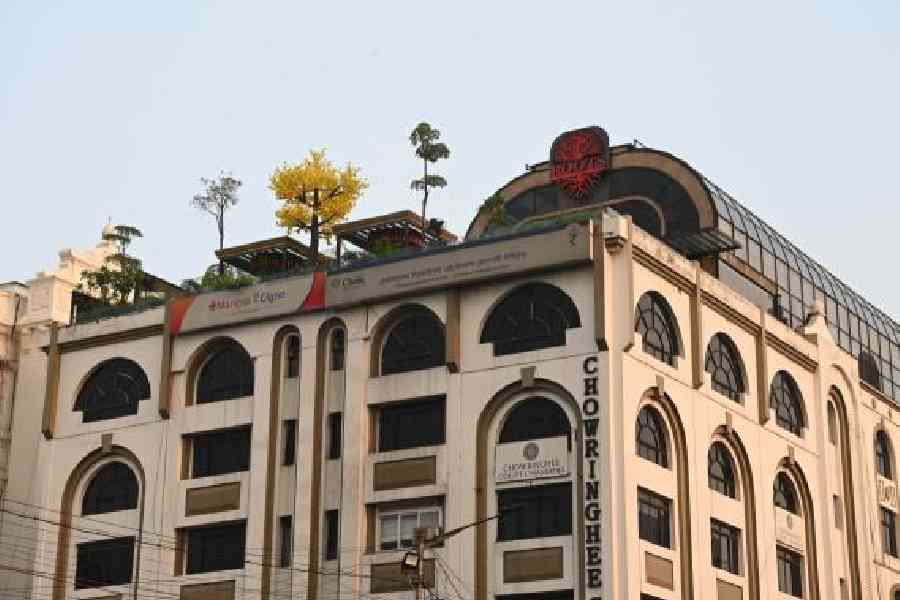Patna, Nov. 25: Migration of labourers from the job-starved state for better fortunes outside is continuing unabated though the government claims the flow has ebbed.
Labour minister Janardhan Singh Sigriwal has sought to paint a rosy picture, saying exodus of seasonal labourers has come down by “40 per cent over the last seven years”.
“We are conducting a survey on migrant labourers of Bihar but a rough estimate states the exodus has reduced. It has happened because of focus on infrastructure development during our tenure through construction of roads and bridges. The labourers prefer to work in their homes rather than outside,” Sigriwal said. “The effects of reduced migration is being felt in Punjab in agriculture and the cycle factories of Ludhiana,” he stressed.
But an independent study, while agreeing that migration to Punjab had reduced, says that better wages had prompted people from Bihar’s districts to seek employment in greener pastures elsewhere, even in the distant hills of Meghalaya.
“That is because of the wage structure. A migrant labourer earns Rs 200 per day in Punjab after spending long hours at the workplace. But he earns Rs 500 per day in Kerala and Gujarat, Rs 350 daily in Karnataka, between Rs 350 and Rs 500 in Delhi and Rs 1,000 per day in a state like Meghalaya. The destinations have changed,” said social scientist Sachindra Narayan, saying that migration was going on at the usual clip.
Narayan and his team have carried out a survey on migrant labourers in Bihar titled “Why I left my village”. At least 3,330 labourers — from highly migrant-prone villages in Gaya, Bhojpur, Darbhanga and Aurangabad — were interviewed between September 20 and the first week of October this year.
“The agrarian economy of the state is not strong enough to provide enough livelihood opportunities. Schemes like MGNREGA are not being implemented properly and there is no government intervention to make people aware about possible job avenues here. Even self-help groups are not enough to offer livelihood opportunities,” said Narayan, while pointing out that the migrant population is also vulnerable to child trafficking. “We have detected children being sold off in Gaya,” he said.
As railway minister almost a decade ago, chief minister Nitish Kumar had found out that at least 800 labourers from Bihar would get down at railway stations in Delhi everyday. Soon after, he flagged off the Jan Sadharan Express — a non-AC train from Patna — to ferry labourers to the national capital. Ever since he became chief minister in 2005, Nitish has been stressing that nobody in Bihar should work outside the state just to ensure food for himself and his family.
But the grassroots reality is starkly different. “My husband works in a construction company in Delhi where he gets regular jobs whereas he gets hardly five-ten days’ work under MGNREGA in a month in our village. With such a meagre income, we cannot support the expenses of our family, so he had to go out of the state under sheer compulsion,” Leela Devi, wife of Okendra Pandi, a resident of Kanaur village in Darbhanga district.
Leela said: “We do not want my husband to leave the village but there is no way if we want to feed our family. Since he hardly earns more than Rs 200 in Delhi daily he usually returns to our village every seven-eight months. We cannot just depend on government projects in such critical condition.”
Gullu Pandit, another resident of the same village who is in his eighties, said: “My five sons live in Delhi since the past seven years, as they did not find any job here. The mukhiya always offers them temporary job. I live with all of my daughters-in-law, grandsons and granddaughters in village while we are economically fed by my sons from Delhi. This is not the case of my family only but the situation is the same in each of the home at our village.”
Thatched houses in a tiny village of Sadullahpur in Muzaffarpur’s Mushahri block are abuzz with hubbub and murmurs. While male members in the village were crying hoarse to get a ticket of any Delhi-bound train, the women were unwilling to buy this idea. “Who has once moved out of the village has never stopped their annual migration,” said Mohan Paswan of the village who works as a mason in Muzaffarpur.
But the migrating youths are being reminded and coaxed by the women, including elderly persons, of the village to stop going to Delhi and explore possibilities of jobs here instead. But the youth brigade has hardly been carried away by the job provisions under MGNREGA. “I am not interested in exploring such jobs because there is complete play of brokerage,” said Sonu of Sadullahpur..
But most migration from Bihar, say experts, is still “stress migration” rather than migration for financial prosperity. “If Nitish successfully implements his agriculture roadmap and gets special status, his dream of stopping stress migration may be achieved,” said another social scientist.
Problems
Labour minister claims 40% reduction in migration Punjab hit by reduction most
Experts say reduction in Punjab is because of changed destination Gujarat, Kerala, Meghalaya, Delhi are new destinations because of higher wages
Traditional migrant labourers complain that MGNREGA does not provide sufficient working days
Solutions
Improvement of agrarian economy to provide sufficient jobs
Incentives for new industries that provide full-time jobs
Provide bank accessibility to rural masses
Ask panchayats to record migrant labourers and provide them support
Appropriate actions to improve implementations of schemes like MGNREGA










